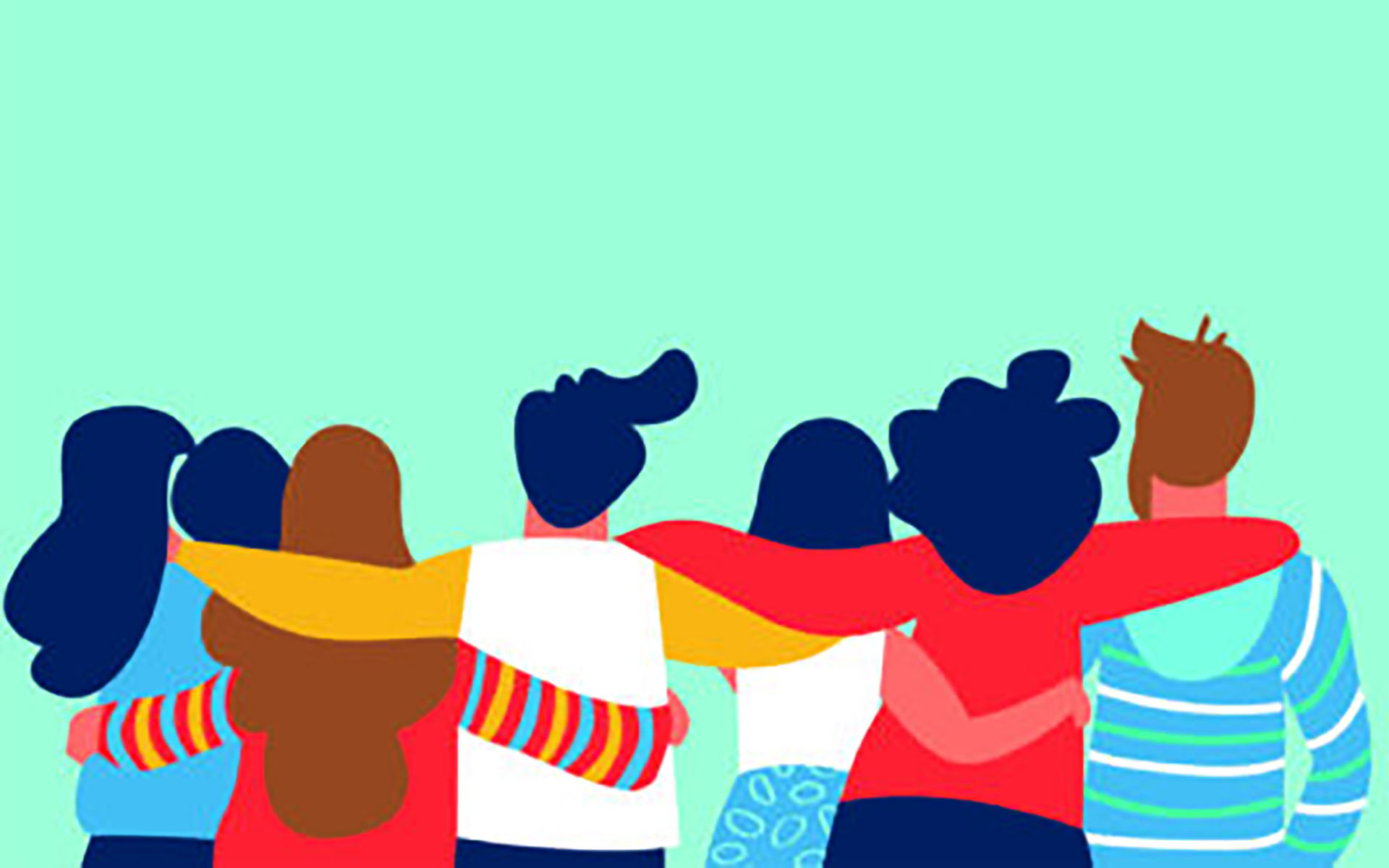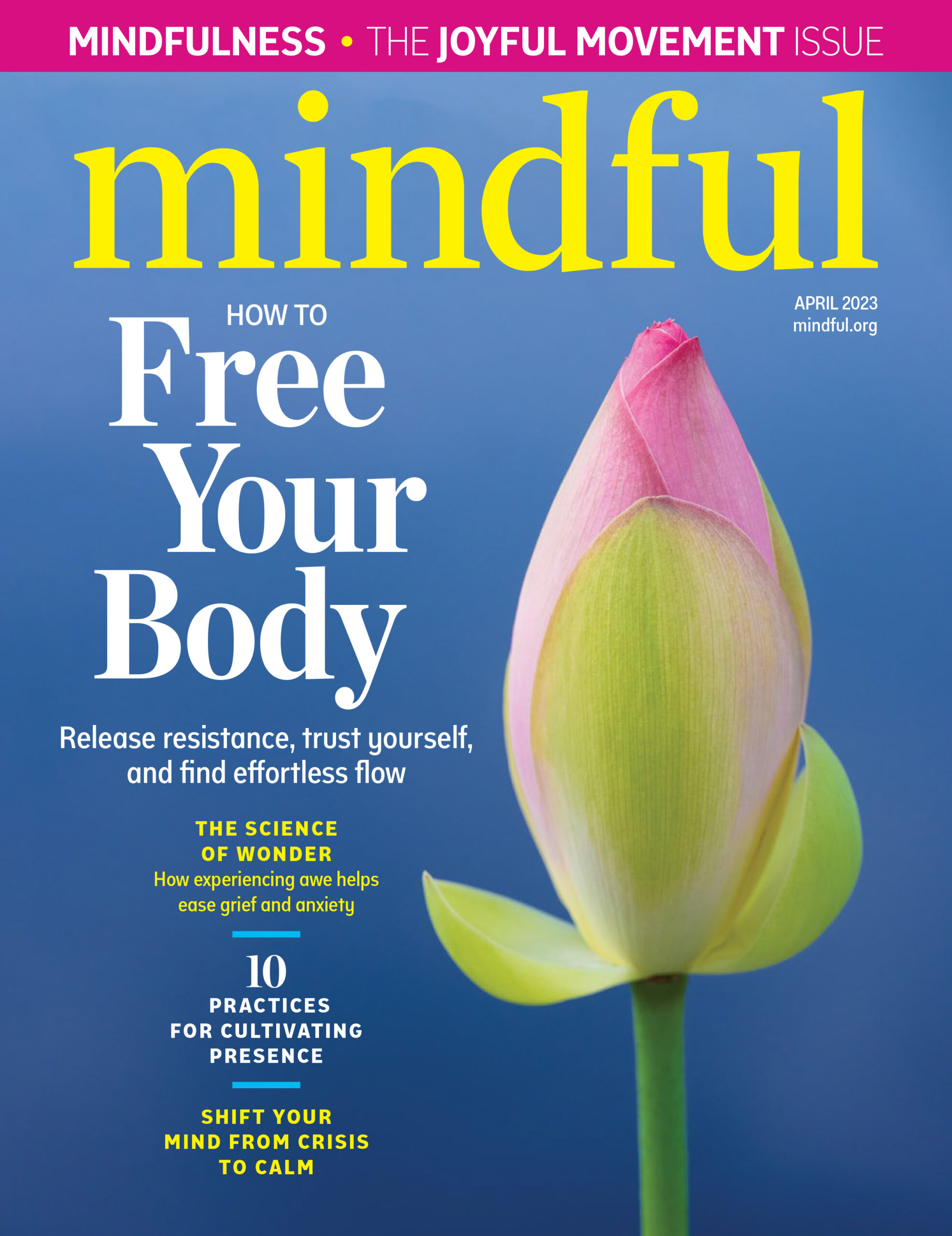While the march of mindfulness into the mainstream seems to show no sign of slowing, I’m struck more and more how an aspect of the approach—long-considered to be crucial—doesn’t get mentioned very much these days. In an individualistic culture, maybe it’s little surprise that mindfulness tends to be portrayed as a solo practice, one that occurs when a person pays attention, with their whole mind and body, cultivating attitudes such as curiosity and gentleness. I’ve no doubt that practising mindfulness on your own can be helpful, but I also suspect a large part of the therapeutic benefit of mindfulness for individuals comes from the fact that it’s traditionally trained in groups and communities, enabling us to learn with and from other people.
When people come together for a first session of mindfulness training, it’s usual to explore what brings each individual to the approach. Hearing others speak of the stress arising from common problems such as busy, uncontrolled thoughts, physical or emotional pain, the strain of personal and professional commitments, and the speed of a world that demands a dehumanizing degree of consumption and acquisition, there often dawns a first recognition that the real problem doesn’t just lie in me as an individual, but the common burden of living a human existence, with human frailties, in a human world. Suddenly, often from a place of feeling alienated and alone, there comes a realization—we’re all in this together, and we’re not feeling bad because we’re defective, but because this is the way of things in the world we share. It’s not all our own fault. Already the pressure of having to have it all together is lightened and lessened, and the journey into mindfulness—together—has begun.
Over time, as a group of people cultivates mindfulness in this way, the feeling of connectedness and commonality usually grows, along with sense of mutual support that enables us to learn, love, laugh, and let go together. It may well be that this way of being together as a group, facilitated by a good teacher and found in the experience of opening up to ourselves and one another, is just as, or perhaps even more important, than the formal meditation practices we undertake as part of the work. Also, as it happens, meditating in a group on a regular basis is also one of the best ways I know to encourage people to practise on their own.
In my opinion, this hypothesis—that mindfulness as a group activity is much more powerful than practising on your own, with a book, with an app or a CD (good though these may be)—hasn’t been explored enough in mindfulness research. We don’t really know what the specific benefits of learning mindfulness together are, although clues may be found from related research which shows that people’s attitudes and behaviours are strongly primed by the environments in which they operate. It seems logical that a meditative community will be a more inspiring and influential learning zone for mindfulness than a place where speed, greed, and “going it alone” are the norm.
But this isn’t what’s being offered to most people, at least not beyond the first eight weeks of a mindfulness-based stress reduction or cognitive therapy course. There are still few fully secular options for ongoing training available to graduates of such courses, and no retreat centers (so far as I know) completely devoted to a non-doctrinal mindfulness approach.
If we want the current surging interest in mindfulness to become more than a drop of sanity in an ocean of materialistic madness, at risk of being diluted so heavily that it gets lost in the driving waves of striving, grasping, and craving, we will need to create communities capable of curating the core attitudes and approaches whose preservation protects the practices from perversion, dissolution, and misappropriation.
This is not an easy task, and it won’t happen perfectly—we live in a messy world, with messy minds, and taking a preaching, purist line is likely to be counter-productive. But I reckon we have a better chance if we name the issue – mindfulness is entering a mainstream in which feeling like we have to go it alone is part of the problem, not a part of the solution. By caving to pressure for a primarily do-it-yourself, self-help approach to mindfulness, with the burden resting primarily on the individual and without acknowledgement of and assistance with the social and environmental obstacles we are all collectively responsible for, we might actually end up with something that’s a pale imitation of the powerful force for good that mindfulness can be. And that would be unfortunate…






